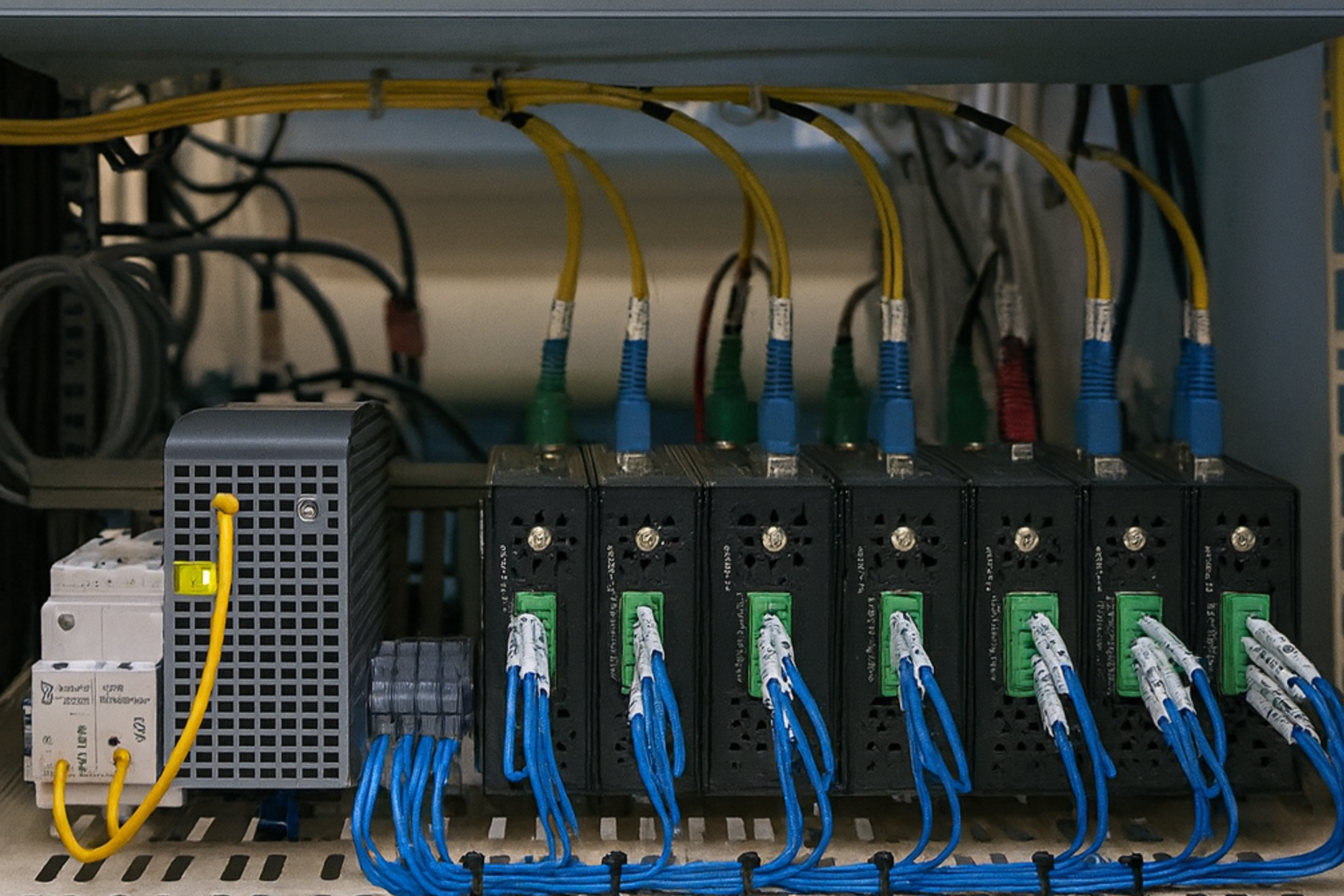
Integration of Automatic Control Systems
This modern office environment is designed to support a Building Monitoring System, integrating both hardware and software to monitor, control, and analyze building data in real-time. The system architecture incorporates SCADA, PLCs, HMIs, and Remote I/O Modules to achieve seamless operation and reliability.
Centralized Control via SCADA
The main display showcases SCADA (Supervisory Control and Data Acquisition), which collects signals and operational statuses from various building subsystems. It enables centralized monitoring of electrical, mechanical, HVAC, and security systems, ensuring efficient building-wide control.
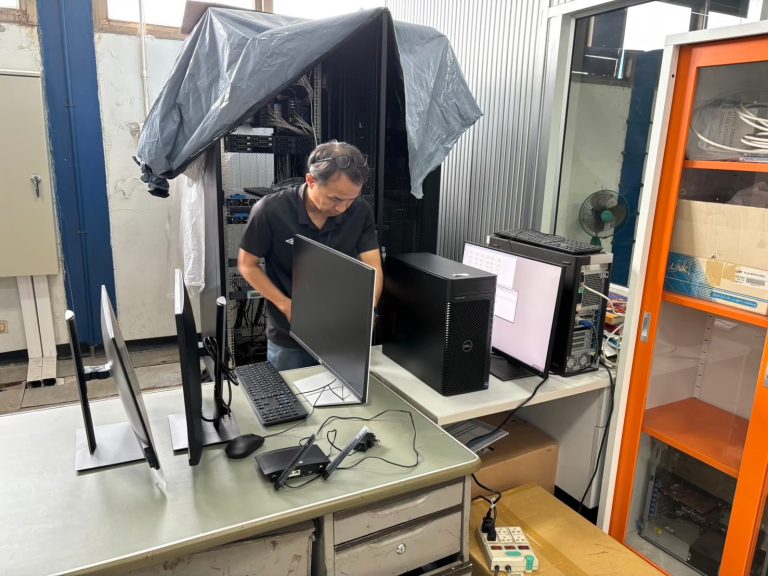
PLC and Remote I/O Module Deployment
Programmable Logic Controllers (PLCs) and Remote I/O Modules provide flexibility for distributed data acquisition and control. This approach minimizes wiring complexity, improves scalability, and enhances system reliability by supporting decentralized field devices across the facility.
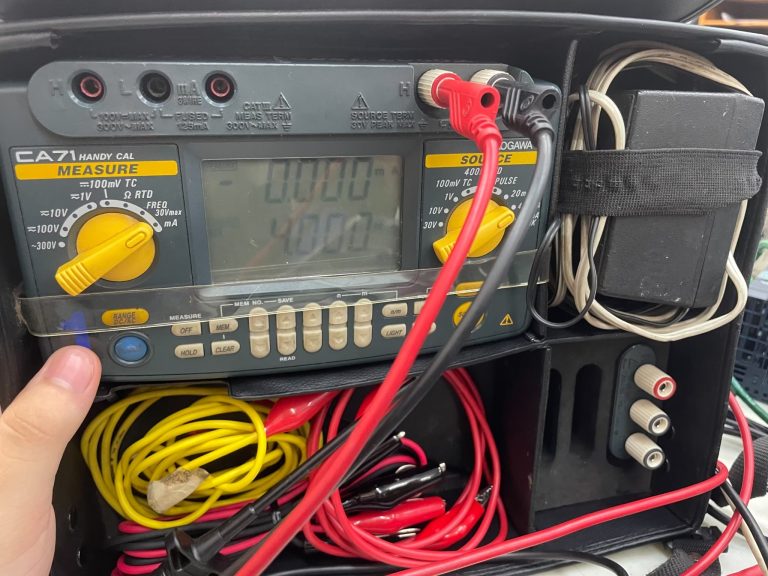
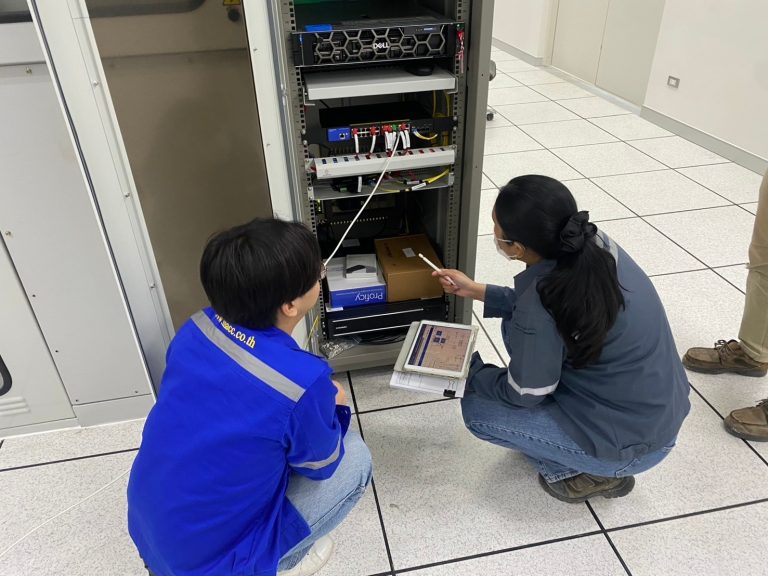
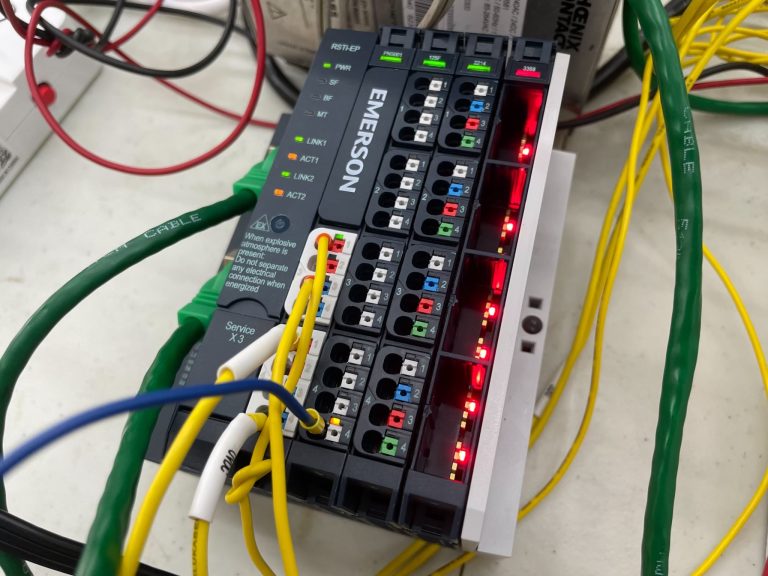
Both desktop and tablet displays are integrated with HMIs (Human Machine Interfaces), allowing operators to interact with the system easily and intuitively. This setup reduces operational errors, facilitates remote monitoring, and enables quick decision-making in critical situations.
Structured Engineering Meetings and Planning Prior to deployment, engineering coordination meetings are conducted to review system layouts, control strategies, and project execution plans. Simulated system models are applied during planning sessions to validate operational stability and ensure optimal design prior to field implementation.
Engineering teams perform on-site surveys to verify installation points, evaluate existing infrastructure, and align design specifications with field conditions. This process ensures that all proposed system components can be installed and integrated effectively within the building environment.
Lorem ipsum dolor sit amet, consectetur adipiscing elit. Ut elit tellus, luctus nec ullamcorper mattis, pulvinar dapibus leo.
